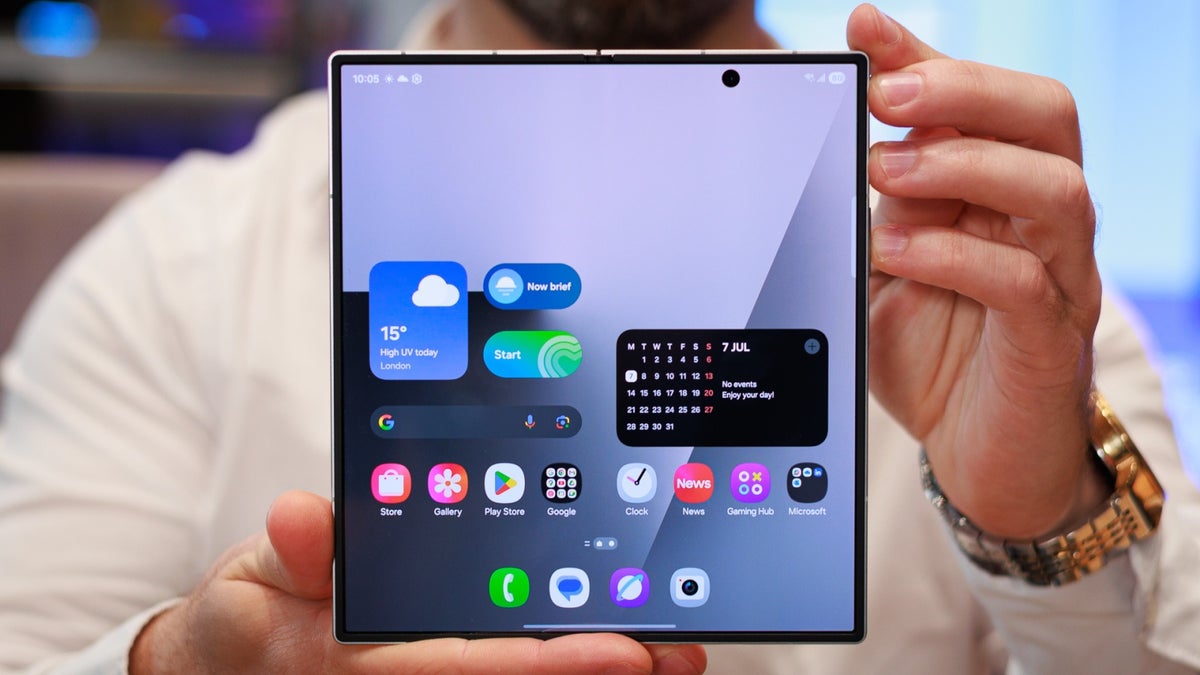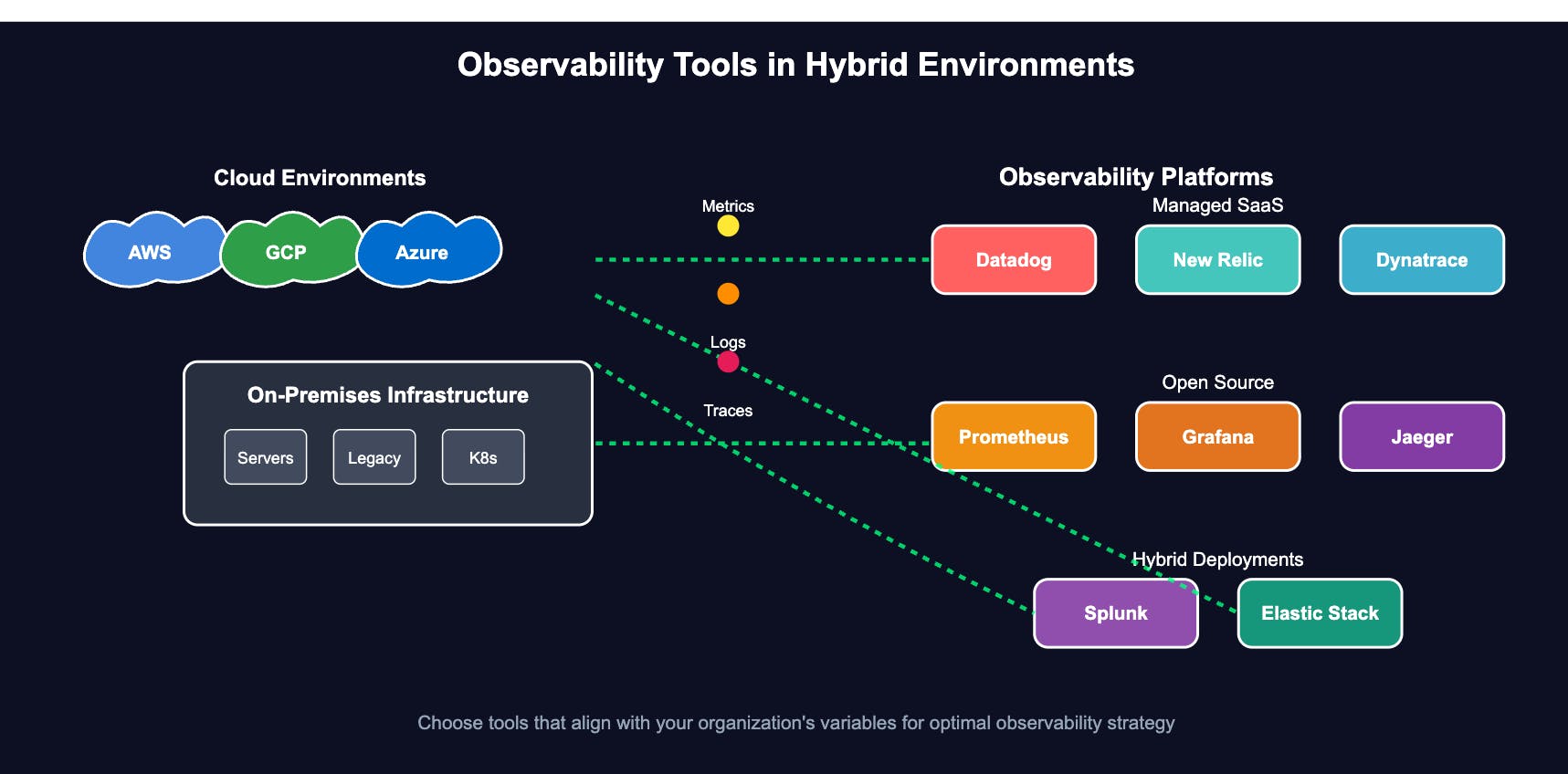You probably don’t remember this now, but Samsung kinda, sorta unveiled the Galaxy Z Fold 7 all the way back in October 2024. I’m not joking or trying to make some type of metaphorical point either, as the biggest upgrades over the
Z Fold 6 the new foldable is globally expanding in July 2025 were debuted in China and South Korea by the Galaxy Z Fold Special Edition.
Granted, the Z Fold 7 is a lot thinner, lighter, and therefore prettier and even more comfortable to hold than both its predecessor and that weird aforementioned SE… spinoff. But let’s be honest, the key selling points here are the massive 8 and 6.5-inch screens (and maybe even the 200MP primary rear-facing camera for a not-so-small group of prospective buyers), and unfortunately for Samsung, those numbers simply don’t feel… special anymore.
Am I the only one who feels disrespected?
Look, I’ve been writing about mobile tech long enough to not be surprised anymore when a Chinese brand blows my mind with a groundbreaking new device only to keep said product exclusive to the world’s most populous nation. Sad, maybe, but certainly not surprised.
My expectations for Samsung, however, tend to be vastly different, and not just because the company is headquartered in South Korea rather than China. This is (still) the world’s top smartphone vendor after all, and as such, you’d think Samsung would be inclined to treat all (major) global markets equally.
Evidently, that’s not always the case, and I think what grinds my gears the most about last year’s Galaxy Z Fold SE is that it proves Samsung could have approached the Z Fold 6 differently and simply chose not to do that, keeping the screen sizes of 2023’s Z Fold 5 virtually unchanged.
Now how can I look at that glowing Galaxy Z Fold 7 hands on and feel excited about Samsung’s “latest” foldable upgrades when I know they’re so inexplicably late to the (global) party that it hurts and when I reasonably suspect another Z Fold “Special Edition” with even better specifications might be right around the corner?
Adding insult to injury, Samsung’s entire Z Fold 7 marketing campaign these last few weeks has revolved around the “Ultra” term, leading many of us to believe a second variant was also in the pipeline and making me hope that maybe, just maybe the company had found a way to distinguish this model from 2024’s Z Fold Special Edition (in addition to the obvious design refinements, that is).
At the end of the day, it almost feels like Samsung has taken a page from the OnePlus playbook with the Z Fold SE and Z Fold 7, but while the OnePlus 13 needed a little over two months to expand from China to the US and Europe (which was also pretty disrespectful, if we’re being honest), foldable fans had to wait an unforgivable nine months to see that 8-inch primary display, 6.5-inch cover screen, and 200MP camera go global. Not cool, Samsung!
Strike two, you’re out!
As you may have guessed, I’m not a big baseball connoisseur. But I think I know enough about the struggling foldable market to correctly call a sales flop in the making. And I just don’t see how the Galaxy Z Fold 7 could possibly hit box-office gold at a recommended price of $2,000.
$2,000?!? That’s more than two Galaxy S25 Ultra units at their reduced Prime Day 2025 price. And that’s an actual Ultra phone with (almost) no compromises and a built-in S Pen. $2,000 is also seven whole Benjamins north of the Motorola Razr Ultra 2025’s list price, and if you don’t think that’s a fair comparison due to the very clear and very major differences between the book-style and flip designs, let’s talk about the Pixel 9 Pro Fold really quickly as well.
Google’s latest (book-style) foldable comes with extremely similar 8 and 6.3-inch screens as the Galaxy Z Fold 7… at a significantly lower regular price of $1,799… you can currently reduce by a whopping $415 with an Amazon Prime membership.
You obviously can’t compare Google’s Tensor G4 chip with the Qualcomm Snapdragon 8 Elite, but that’s where an improved Tensor G5-powered Pixel 10 Pro Fold is expected to come in soon. Believe it or not, that model was recently tipped to cost less at launch than its predecessor, so if you’re actually thinking of buying the Galaxy Z Fold 7, the least you could do is wait another month or so and compare its value with that of the Pixel 10 Pro Fold.
Who knows, maybe Samsung will understand (one of) its mistakes by then, slashing that ridiculous price to a much more sensible $1,600 (or less) to keep the competition at bay. After all, that’s what competition is good for, right?








